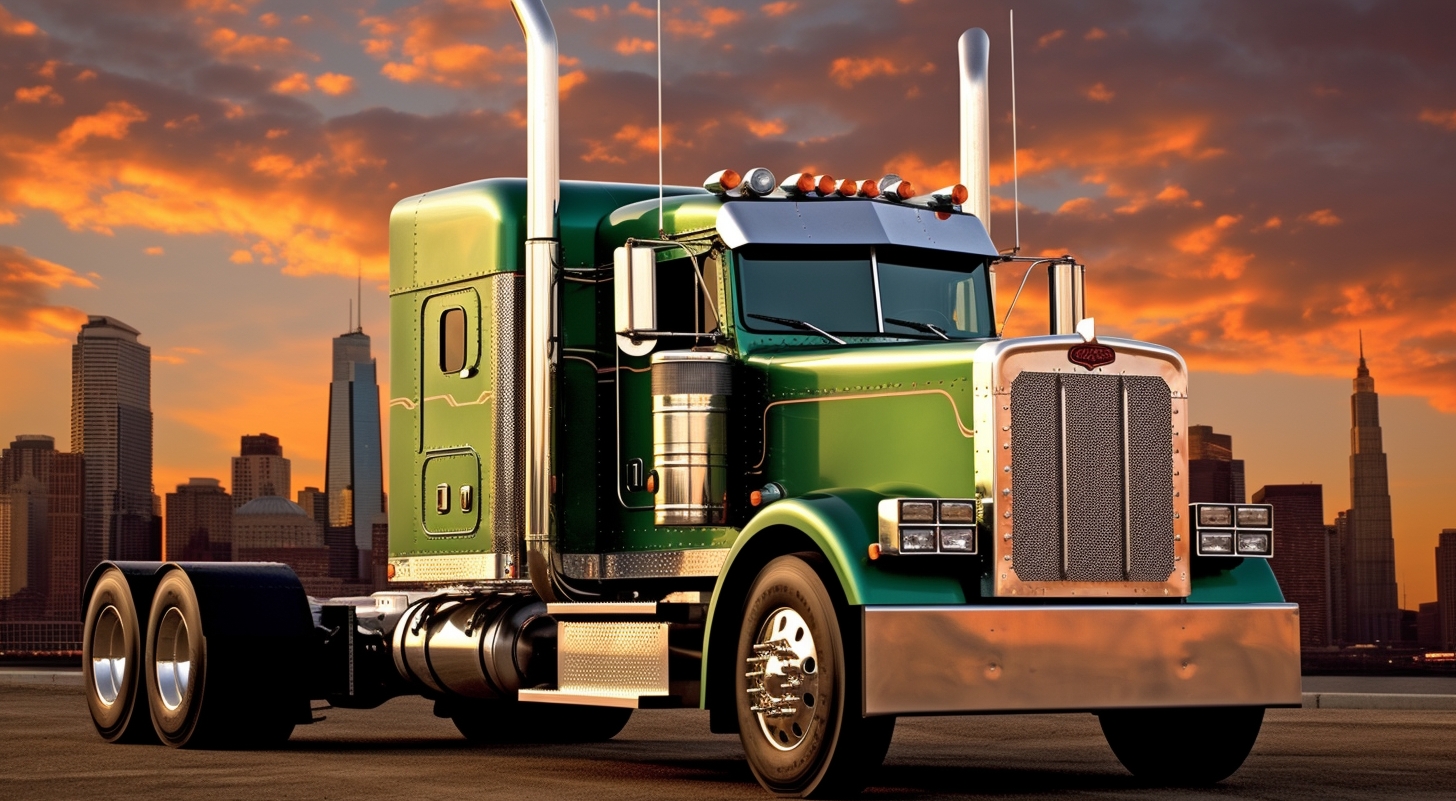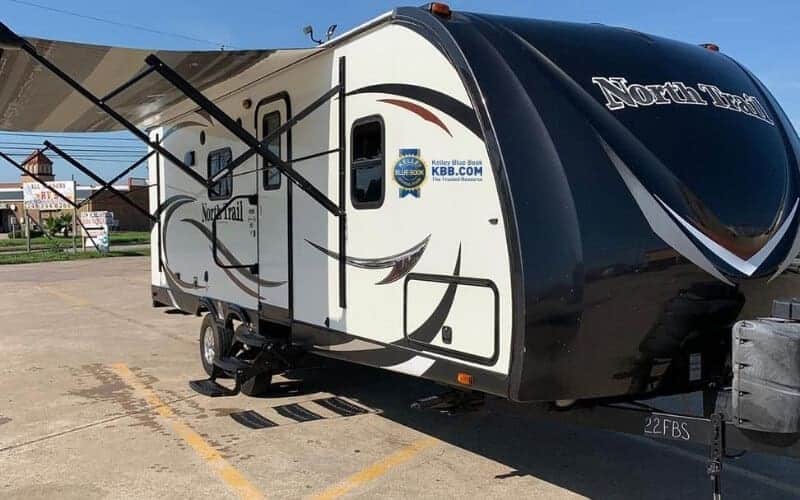
When it comes to regular passenger cars and SUV, we don’t really think about how wide or long they are. All we care about is how safe they are and what they look like. For the most part, any passenger vehicle you buy is going to fit in most parking spaces. And, you know they won’t be wider than the average lane on a highway. Well, believe it or not, it’s the same way when it comes to semi-trucks.
Semi-trucks are the way most trucking companies transport cargo across the country. They haul large and small loads from one coast to the other. They’re also used locally to deliver things like furniture and home appliances. Even a regular moving truck is technically a semi-truck. It’s important that all of these trucks meet certain width requirements so they can share the road with everybody else.
For the most part, the average semi-truck is about 7 ½ to 8 ½ feet wide. The widest semi-truck would be the lowboy which comes in at about 8 feet 6 inches wide. These trucks can’t be much wider than that or they won’t fit inside a highway traffic lane. Yes, there are some trucks on the road that are designated as a “wide load.” But they are few and far between. You’ve probably seen these trucks carrying small sheds and mobile homes. But it’s not easy to get a permit for a wide load truck. And you have to make sure your truck has clear labels so other motorists know that it’s not going to fit inside one normal traffic lane.
Different Types of Semi-Trucks and Their Width
There are dozens of types of semi-trucks. However, we’re only going to talk about 6 of them here. These are the ones used most in the United States. While some of these are becoming less popular, for the most part, trucking companies include a variety of these in their fleets.
We’ll briefly discuss the different types of semi-trucks, along with their average weights and lengths. We’ll give an idea of what each type is used for and what makes them unique.
Box Truck
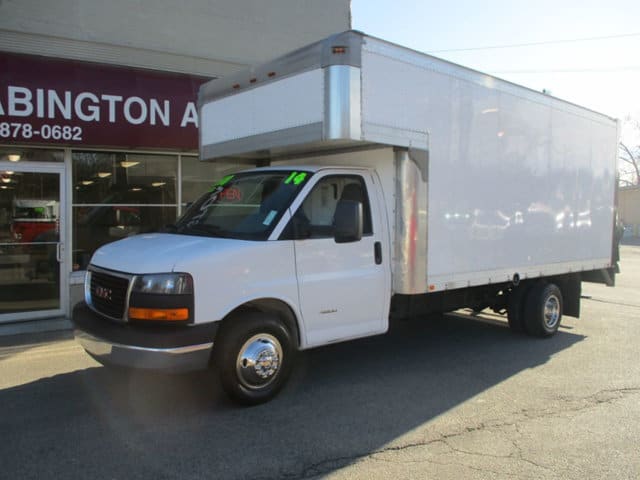
These are the types of trucks you see used by furniture stores and applianc stores. They’re great for moving sturdy good that aren’t delicate. Most box trucks are only partially full when they hit the road. For example, a company like Home Depot may only have to deliver 4 washers or dryers on a given day. These trucks are perfect for partial loads because you can control how tightly they’re packed.
Box trucks are chassis cab trucks with an enclosed cargo area. They come in two pieces as opposed to a regular van. They are usually anywhere from 10-26 feet long and the average box truck is 7’6” wide. The manufacturers of box trucks are Ford, Chevy, Dodge and GMC.
Car Hauler

We’ve all seen these trucks on the road. They carry new or used cars from the manufacturer to the dealership. Or, they can be used to transport vehicles from tow shops to mechanic shops. They are specifically designed to transport vehicles and nothing else. They can be open or enclosed and have special ramps for loading. They also have special hydraulic systems so you can change the incline and height of the ramp. This makes for easy loading and unloading. Most car haulers are about 14-24 feet long and 8’5” wide.
Tanker Truck

These are used to carry liquids – usually things like gasoline. They can also be used to carry other liquids and gases. They’re very large and are insulated due to the sensitive nature of their cargo. They’re also pressurized. They can carry either single or multiple loads. Most tankers are about 39 feet long and about 8’2” wide. They can carry anywhere from 5,000 to 11,000 pounds.
Container
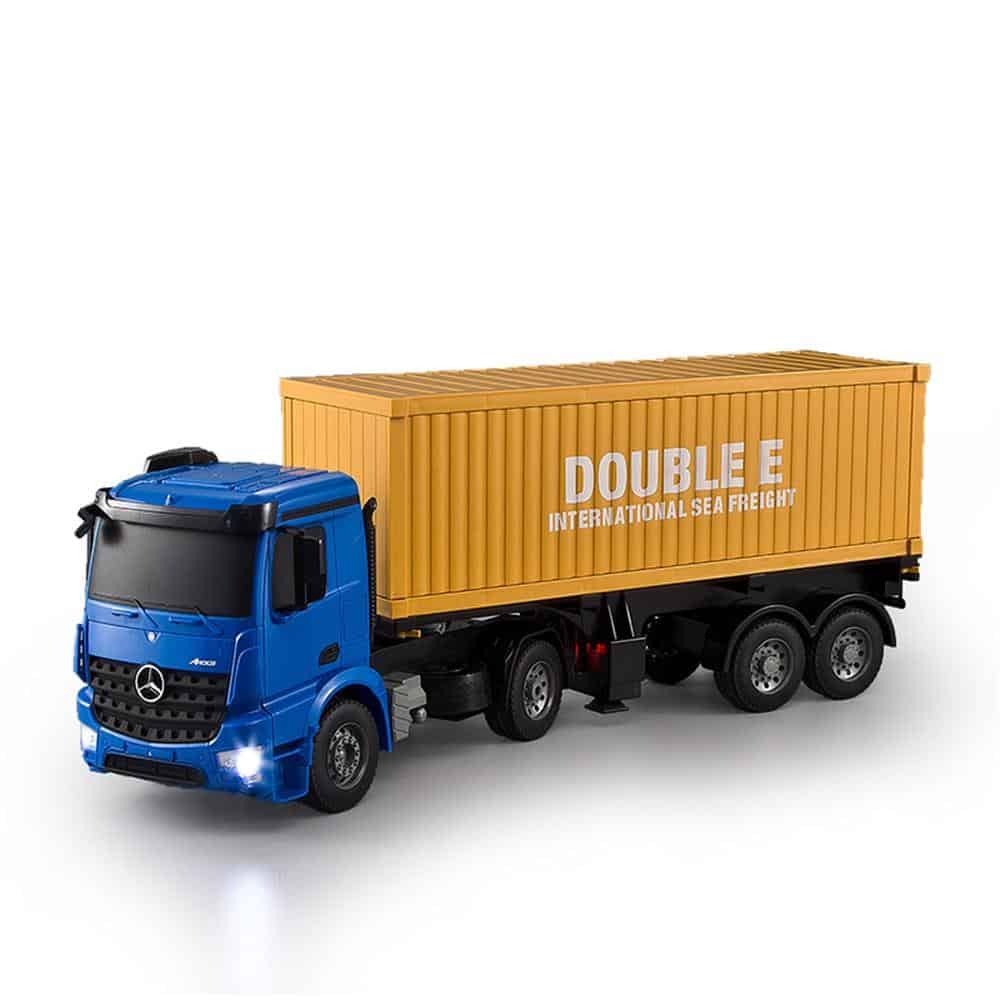
These trucks are the ones that carry large containers, usually from shipping or rail yards. They’re considered intermodal haulers. They tend to run anywhere from 20-53 feet. These are very big in China but are still used in the U.S. The average container truck is 7’10” wide.
Flatbed Truck
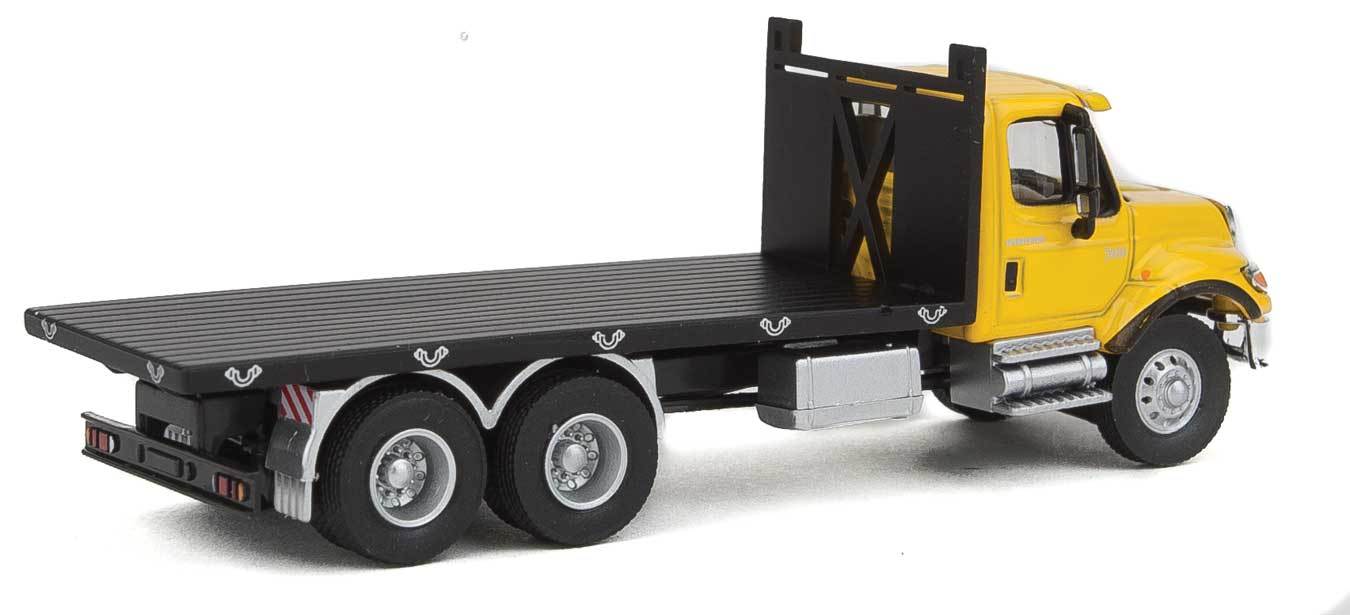
These trucks were big in the 1980s but aren’t used all that much now. They are open so there is no covering. They can’t be used to transport delicate or expensive items. They are usually used to carry heavy loads. Depending on the weather, they can be ideal or a terrible way to transport cargo. They are about 48-53 feet long and about 8’6” wide. These are the widest of the semi-trucks and can be very dangerous. There’s no way to guarantee that your cargo won’t slide off the back of the truck. Nowadays, we see flatbeds used more for local transport than anything else. They’re also owned by a lot of private individuals.
Lowboy Truck

These trucks are more common in places like Australia than in the U.S. But they are used here. They offer two different deck heights so they allow you to transport a wide variety of loads. They are about 12 feet long and 8’5” wide. You can manipulate the deck heights based on the kind of good you’re carrying.
What Exactly is a Semi-Truck?

A semi-truck is a combination of a tractor unit and at least one semi-trailer to carry cargo. They’re intended to transport goods from one location to another. They may carry individuals packages or huge crates and containers. It depends on the trucking company and what sort of shippers they work for.
The semi-trailer actually attaches to the tractor with something called a hitch, otherwise known as a 5th wheel. There are all sorts of semi-trucks sharing the U.S. highways these days. Some of the more common types are:
- Box trucks
- Car haulers
- Container trucks
- Flatbed trucks
- Lowboys
- Tankers
Most of these are made by companies like Caterpillar and Ford. But there are a variety of manufacturers who make semi-trucks in the United States. Some of these are:
- Kenworth
- Freightliner
- Mack
- Ford
- Volvo
- Peterbilt
- Navistar International
- Crane Carrier Co.
Semi-trucks make up a huge part of interstate commerce in the U.S. They carry containerized cargo shipments from one location to another. Most of them travel by roads but they can also be equipped to travel by train and ship. They are usually refrigerated and heated. Most are ventilated and pressurized. They all come with movable axles that can be adjusted in order to redistribute weight.
Are There Laws About the Width of Semi-Trucks in the U.S.?
There are regulations in the U.S. that dictate how wide a semi-truck is allowed to be. The same is true for truck length, height and weight. In the United States, no semi-truck is allowed to be more than 102 inches wide. That converts to 8’6”. This is why we say the Lowboy is the widest truck allowed by law in the U.S.
The width does not include the mirrors or any other special safety equipment. And, certain vehicles are exempt from the width limits. Some of these include:
- Special mobile equipment
- Self-propelled vehicles
- Road construction equipment and machines
- Emergency vehicles such as ambulances and fire trucks
- Other police and fire department equipment
Unlike what we see in the U.S. with weight permits, you don’t need any special permit for a width exception. If a vehicle falls into the above categories, they don’t have to meet the 102-inch requirement. And, in Hawaii, trucks are allowed to be up to 108 inches wide for some reason. This could have something to do with the size of their lanes or the fact that there are so many open roads. Or, it could be because there are no federal highways in Hawaii.






